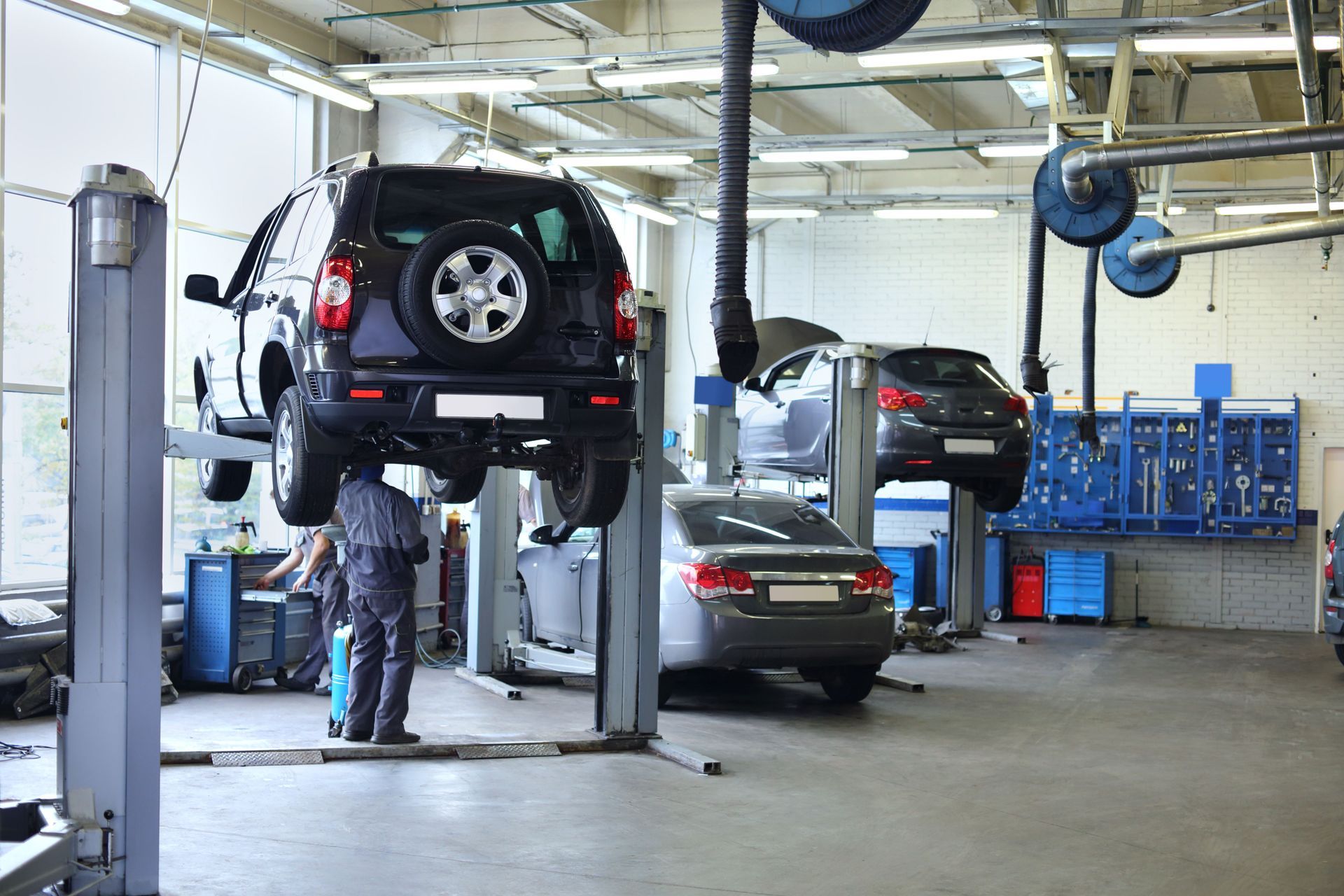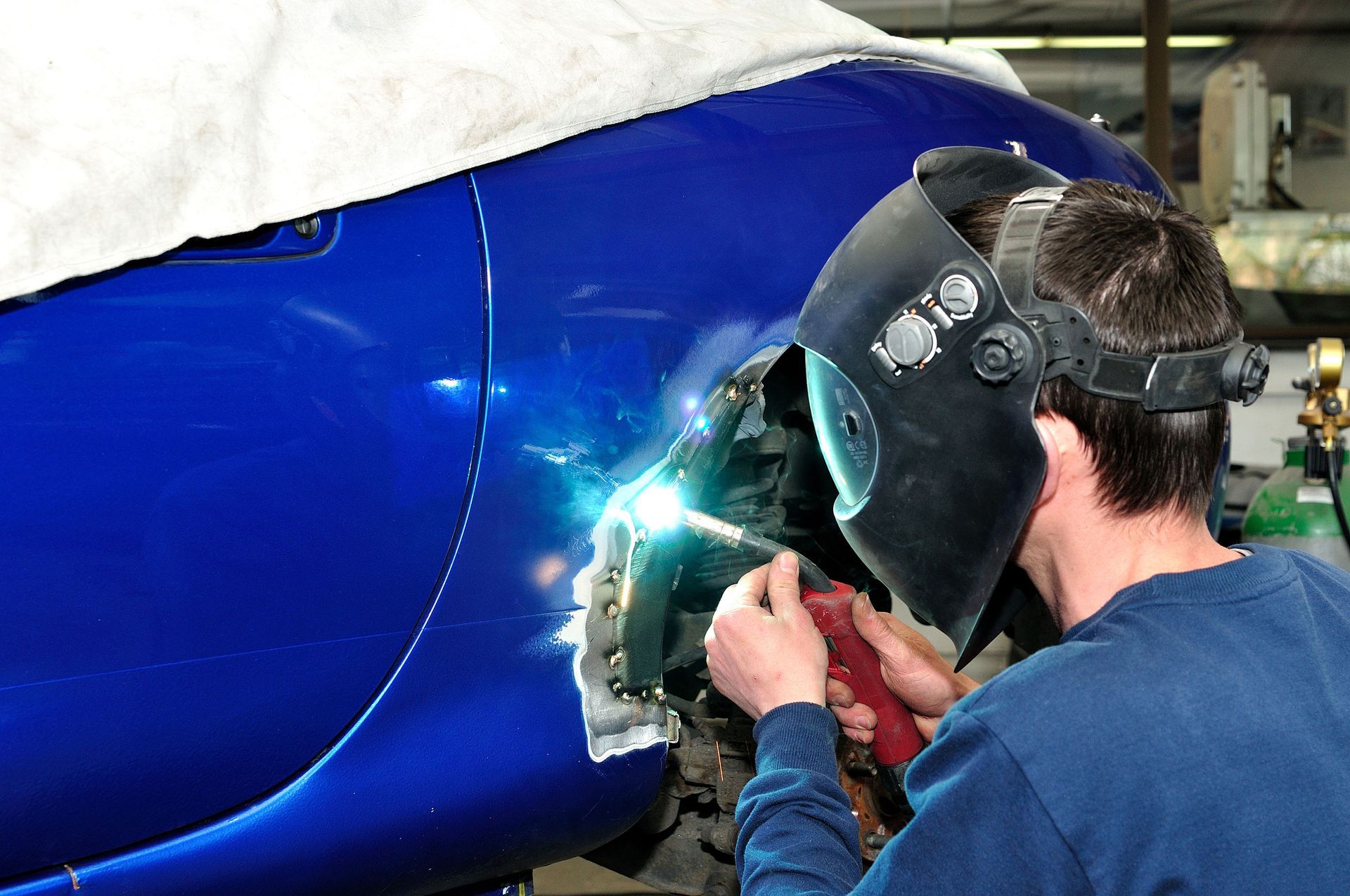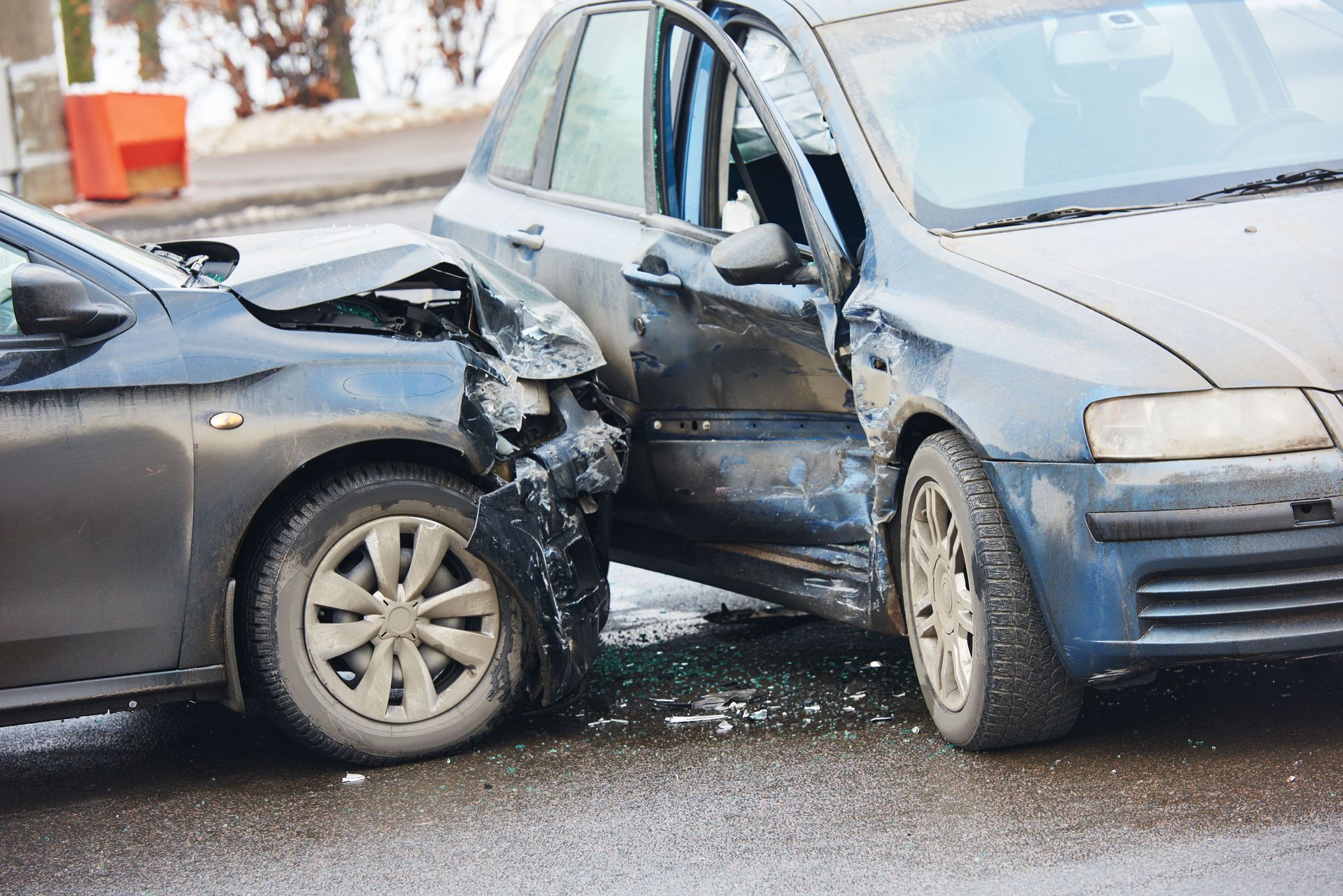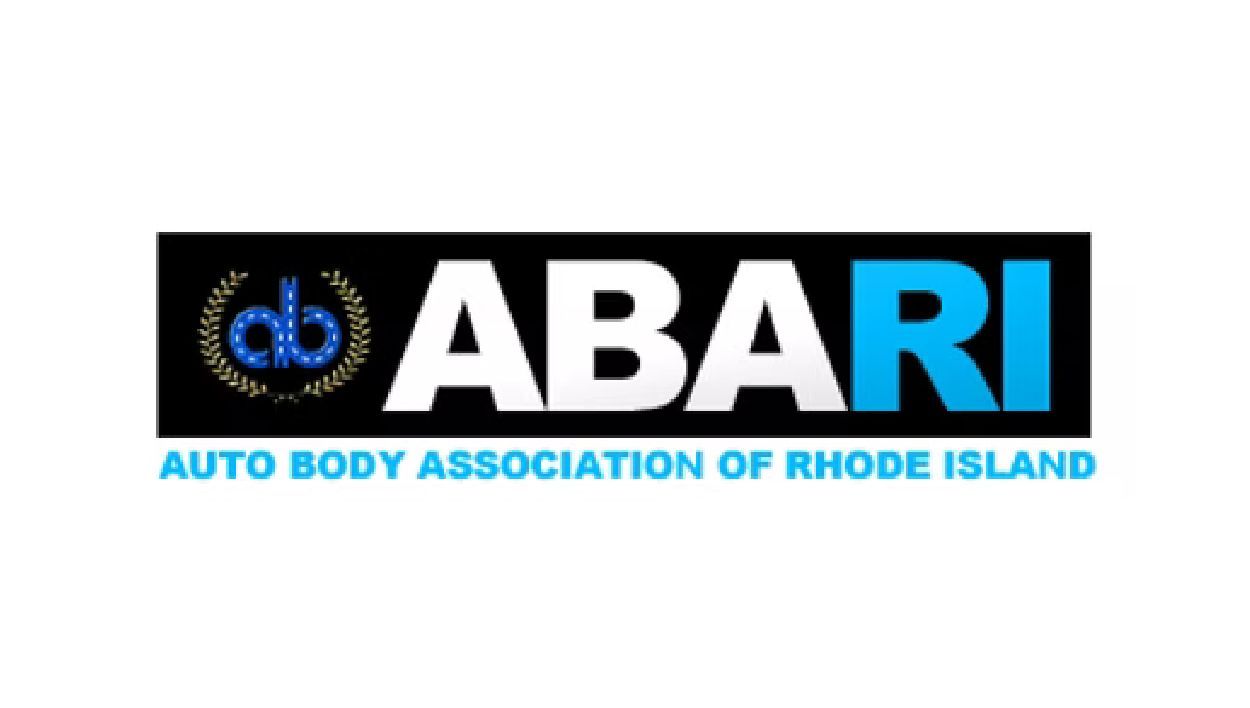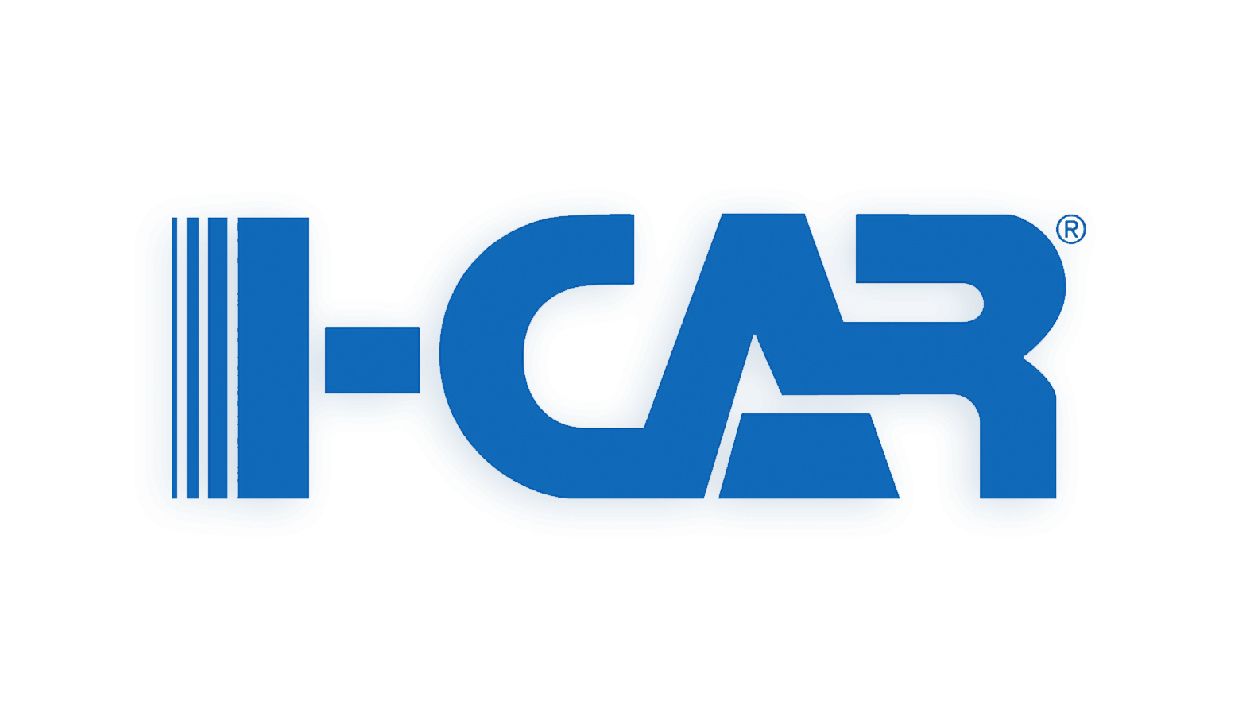June 17, 2024
Settling into the driver’s seat only to discover a new dent or scratch on your beloved vehicle can easily turn a good day sour. When that happens, the collision repair process may seem like an insurmountable maze, fraught with insurance jargon and mechanical lingo. Do not fret. This blog post aims to unravel the confusion around auto insurance coverage, claims and repairs, making things as transparent as your car’s windshield. So strap in and keep reading; we’re here to guide you through the collision repair journey, giving you peace of mind every step of the way.
The collision repair process involves several key steps to restore a vehicle after an accident. These steps typically include initial assessment, disassembly for hidden damage inspection, structural repairs if necessary, bodywork to repair dents and scratches, painting and refinishing , quality control testing for safety, and final assembly and detailing. It is crucial to consult with a trusted auto body shop to ensure your vehicle receives proper care and restoration.
Determining the Extent of Damage
Getting into an accident can be a stressful experience, and navigating the collision repair process can often add to the headache. Identifying the extent of your vehicle’s damage is the first step. A thorough damage assessment should be done to ascertain which repairs are necessary and what your insurance covers.
The auto body repair process typically involves a 7-step guide:
| Step | Description |
| 1. | Initial assessment to determine needed repairs |
| 2. | Disassembly to inspect for hidden damage |
| 3. | Structural repairs, if necessary |
| 4. | Bodywork to smooth out dents and scratches |
| 5. | Painting and refinishing to match the original color |
| 6. | Quality control and testing to ensure safe driving |
| 7. | Final assembly and detailing for cosmetic details |
It’s worth noting that some of these steps might not be necessary, depending on the extent of the damage. Additionally, drivers might not realize that their vehicle has hidden damage until disassembly takes place, making assessment critical before any repairs are done.
Initial Assessment & Disassembly
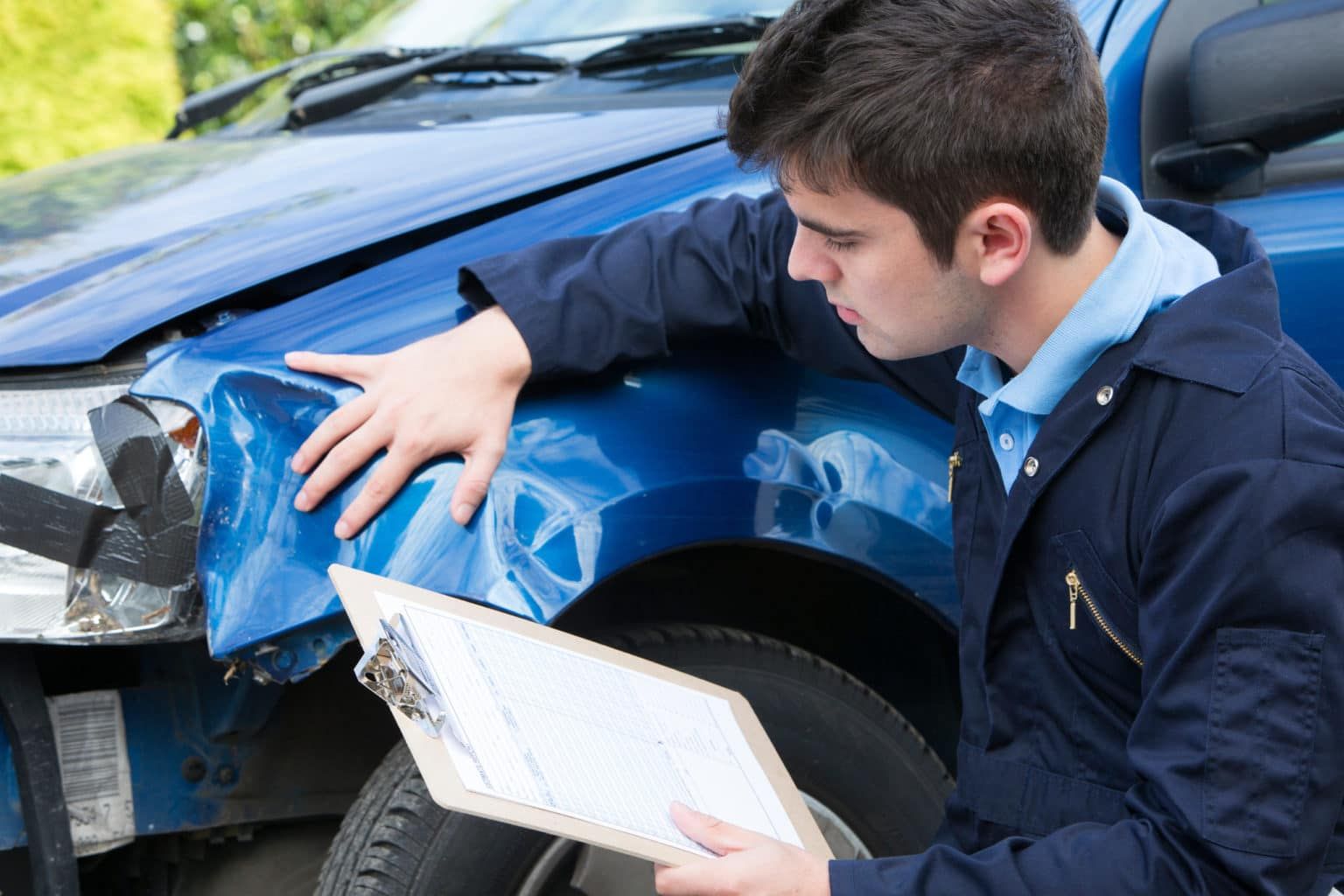
The first phase of the assessment requires visually analyzing all damaged areas from different angles and distances. Initially, it may be difficult to establish the full extent of the damage in some cases; however, it’s crucial for an accurate estimation of repair costs.
Once a comprehensive analysis has been completed, disassembly commences. This process involves examining parts of your vehicle that can’t be seen on the surface, such as engine components, exhaust systems, or other parts behind panels or under the hood. By accessing these “hidden” areas, repairs important for vehicle safety aren’t missed during repairs.
Cost-Effective Repair Process
On-demand auto repair services and emerging technologies have automated and streamlined many collision repair aspects. With more transparent policies and cost-effective processes, repairing a vehicle has become more affordable than ever. By leveraging cutting-edge technology like computerized diagnostic systems, auto body repair shops can identify the root cause of an issue without having to open up components physically.
The process is two-fold: repairing or restoring the damaged part to its original state, or replacing it entirely with a new part. Determining the right approach requires factoring in several variables, such as:
- The extent of damage
- The age and make of the vehicle
- Availability and cost of parts
- Cost of labor charges
It’s essential that consulting technicians perform a thorough assessment during the evaluation phase to select the correct course of action.
Replacement vs Repair & Quality Assurance
Sometimes severe collision accidents require parts replacement since they pose a higher risk of deteriorating over time or affecting surrounding components. In other cases, partial car repair suffices while restoring the same brand-new appearance level for less cost. Deciding between replacement and repair requires understanding the depth of damage to various parts.
For instance, while some dents on bumpers can be repaired using paintless dent removal techniques, which saves on overall costs, deeper ones could require plastic bumper welding, which is both time-consuming and costly. If your car sustains heavy damage to its front end, replacing fenders , hoods , and headlights can potentially be more economically feasible than repairing each component individually.
However, opting for replacements doesn’t always guarantee full restoration. Low-grade parts used by some unscrupulous service providers might lead to reduced functionality after installation. Hence, it’s crucial to work with certified repair shops that use genuine parts and provide quality assurance on labor.
Navigating Insurance Coverage
If you’ve been involved in a collision, one step of the repair process is typically filing an insurance claim. Before doing so, it’s best to understand your policy’s coverage limits and deductible amounts. Collision and comprehensive coverages are two significant types of insurances that can come into play when repairing a vehicle.
Comprehensive coverage generally takes care of situations like theft, weather damage, or natural disasters. On the other hand, collision coverage covers damages sustained during a car accident. In most cases, if you’re not at fault for the accident, the other driver’s insurance should cover these expenses; this is known as third-party coverage. However, you’ll most likely need to use your collision coverage if you’re found at-fault for the accident.
While your insurance policy might cover part or all of the repair costs, there may be out-of-pocket expenses that could impact your financial situation. These expenses could arise from aspects such as rental cars or deductibles not covered under your policy.
Confirming Repairs & Out-of-Pocket Expenses
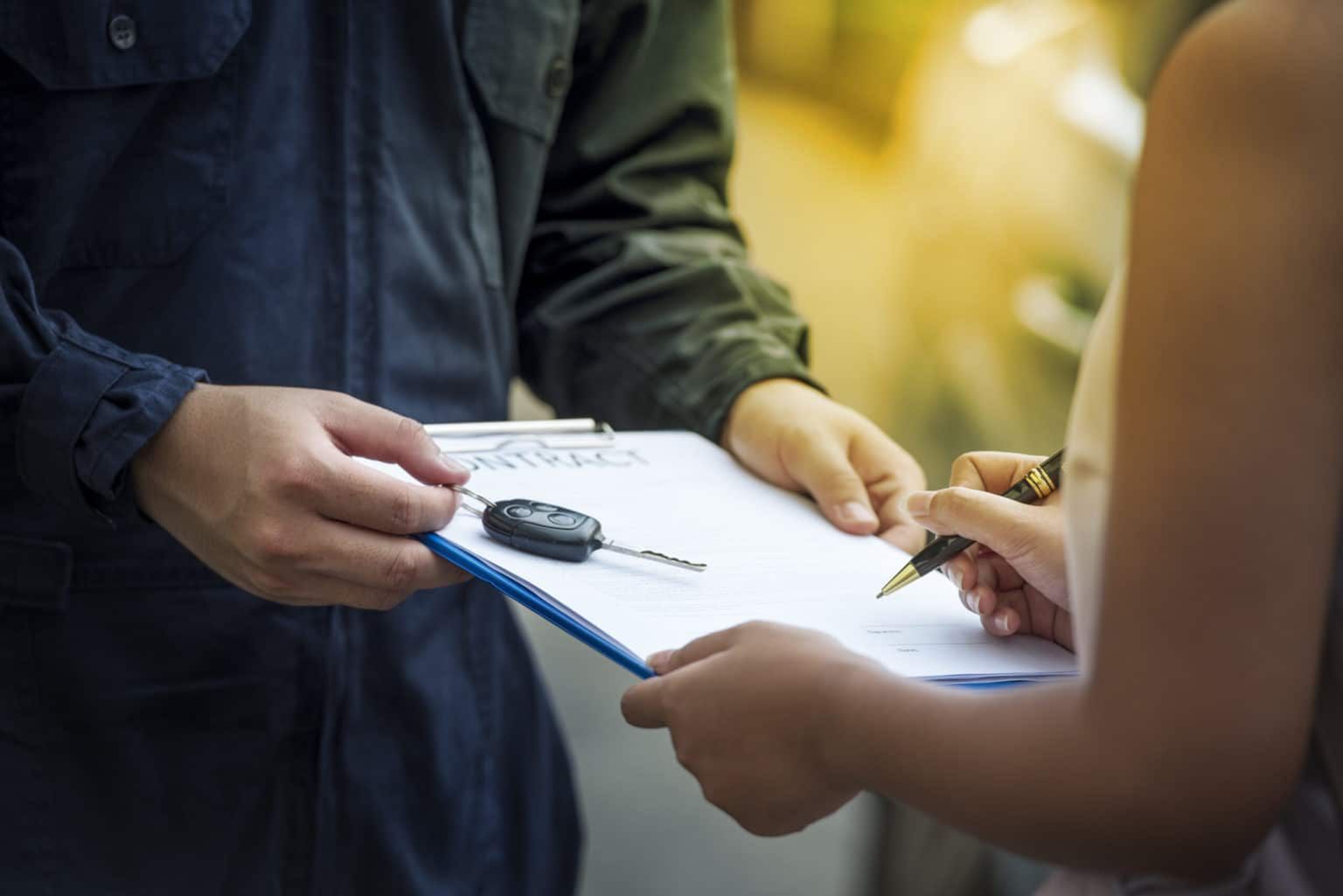
Before authorizing any repairs on your damaged vehicle, it’s crucial to confirm what repairs are necessary, how long they’ll take and what their total cost will be. A reputable auto body repair shop will provide a free estimate for the required repairs. This estimate can then be shared with the insurance representative to ensure that the estimates align.
Be prepared to pay any agreed-upon deductibles before restoration work begins.
It is essential to communicate with both your insurer and the auto body repair shop about any potential out-of-pocket expenses before moving forward with repairs. Knowing this information upfront helps you budget appropriately and avoid surprises down the line.
Suppose you were in an accident where the damage was less than your deductible amount; you would have to pay for repairs out-of-pocket entirely. If the repair cost exceeds the deductible amount, it’s best to ensure that the estimate accounts for all the necessary repairs to avoid out-of-pocket expenses. There may be additional repairs that weren’t initially visible or details missed by the estimator.
Once repairs are initiated, you can ask your insurance company if they offer rental car coverage while your vehicle is undergoing repair. Rental car coverage can make a massive difference in providing a seamless transition during restoration work.
Post-Repair Vehicle Maintenance
After completing collision repairs, it’s crucial to pay attention to post-repair vehicle maintenance. One of the most critical things is to avoid harsh weather conditions, particularly immediately after repair. Check the weather forecast and consult with the body-shop representative on recommended action in case of adverse weather. Exposing the car to rain, snow, or hailstorms within a short period of time post-repair can affect the paint and cause corrosion, leading to costly repairs down the line.
Also, wait at least two weeks before washing your car or taking it to an automated wash. This gives enough time for any adhesives and paint to cure properly. Dish soaps aren’t appropriate for cleaning cars; instead, use soaps designed for vehicles. Microfiber towels are gentle on vehicle surfaces while effectively cleaning them.
It’s also essential to inspect the car regularly for any signs of issues, such as rattling noises or unusual vibrations that could indicate issues with mechanical components, fasteners or reinforcements used during collision repairs. Regular waxing and polishing can help protect the paint from UV rays and other elements that can damage it.
In summary, maintaining your car post-repair is crucial for extending its lifespan and ensuring safety while operating it.
Master the Collision Repair Process with Ken Rocha Collision
Navigating the collision repair process can be daunting, but with Ken Rocha Collision, you’re never alone. Our team is here to guide you through every step, ensuring you understand your insurance coverage and repair options. Trust us to handle the details, so you can focus on getting back on the road. Contact Ken Rocha Collision today to experience top-notch service and seamless repairs. Let us help you master the collision repair process with ease and confidence.
The post How to Navigate the Collision Repair Process: Understanding Insurance Coverage and Repairs appeared first on Ken Rocha Collision.

